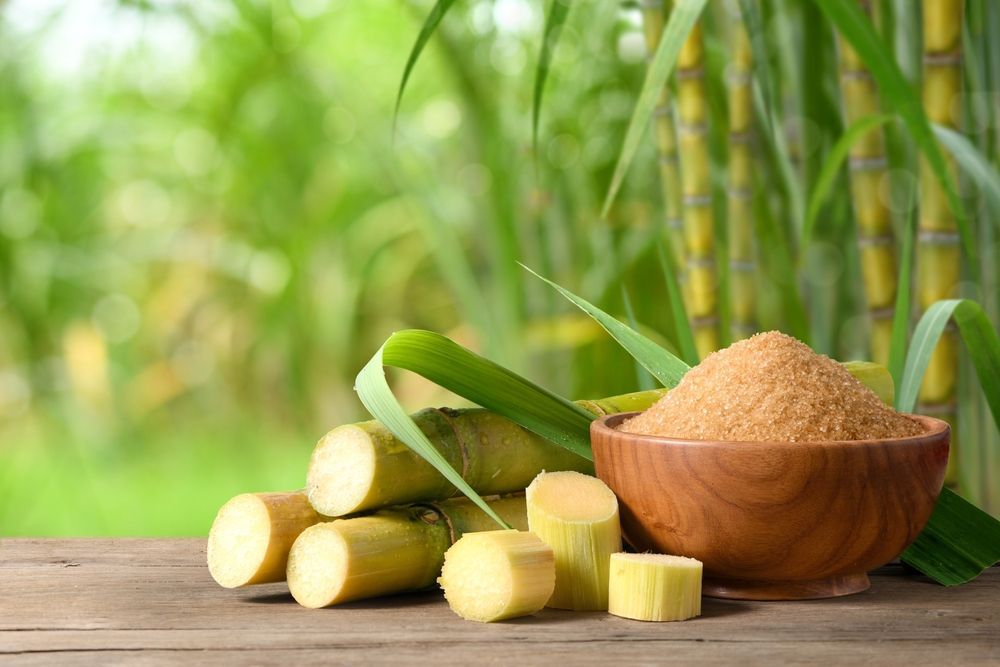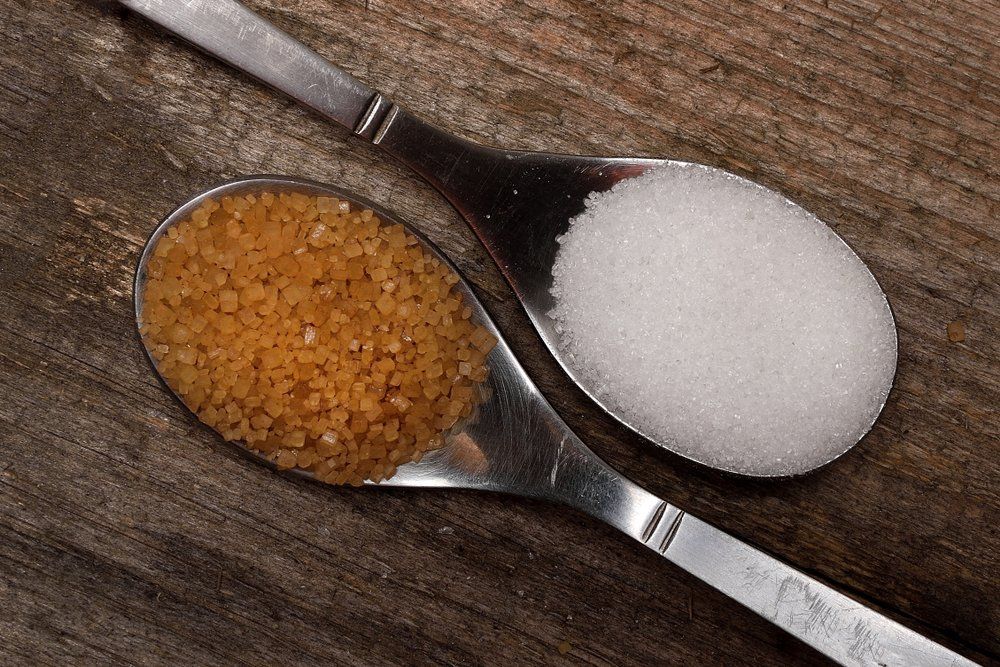The refining process of beet sugar vs cane sugar differs, affecting the final product’s characteristics.
Discover the Uses and Benefits of Beet Sugar Vs Cane Sugar in Your Daily Diet Plan
Exploring the distinctive top qualities of beet and cane sugar reveals greater than simply their sweetening capabilities; it highlights their special influence on health and wellness and cookeries. Beet sugar, understood for its subtle flavor, is typically favored in fragile desserts, whereas cane sugar, with its tip of molasses, includes richness to durable recipes. Each type holds its very own dietary profile and glycemic effects, inviting a much deeper understanding of their duties in a balanced diet plan and lasting consumption methods.
Beginning and Production Processes of Beet and Cane Sugar

The distinct environments and dirt types required for expanding sugar beets and sugarcane add to differences in their growing practices and geographical circulation, affecting the economics and sustainability of their production. beet sugar vs cane sugar.
Nutritional Contrast Between Beet Sugar and Cane Sugar
Regardless of originating from various plants, beet sugar and cane sugar are nutritionally really similar, both mostly consisting of sucrose. Each supplies about 4 calories per gram, equating to approximately 16 calories per teaspoon. Structurally, both sugars are made up of around 99.95% sucrose, with minimal amounts of various other compounds like dampness and trace minerals, which do not significantly change their nutritional profiles.

Inevitably, when choosing between beet sugar and cane sugar based on nutritional web content alone, both offer identical benefits and disadvantages as they are basically kinds of the very same particle-- sucrose, providing quick energy without various other nutrients.
Influence On Wellness: Glycemic Index and Caloric Material
Discovering additionally right into the impacts of beet sugar and cane sugar on health and wellness, it is very important to consider their glycemic index and calorie material. Both sugars are classified as sucrose, which includes sugar and fructose. This make-up leads them to have a similar influence on blood glucose levels. The glycemic index (GI) of both beet and cane sugar is around 65, categorizing them as high-GI foods, which can create quick spikes in blood glucose degrees. This is a critical facet for people managing diabetes mellitus or those attempting to stabilize their power degrees throughout the day.
Each kind of sugar includes around 4 calories per gram, making their calorie material equivalent. For those checking caloric intake, specifically when handling weight or metabolic wellness conditions, understanding this equivalence is crucial (beet sugar vs cane sugar). However, extreme consumption of any type of high-calorie, high-GI food can add to health and wellness concerns such as weight problems, heart condition, and insulin resistance.
Environmental and Economic Factors To Consider of Sugar Production
Beyond wellness here are the findings effects, the manufacturing of beet and cane sugar also increases substantial environmental and economic problems. Sugar beet growing tends to need cooler climates and has a lower geographical impact contrasted to sugar cane, which flourishes in tropical areas. Nonetheless, both crops are intensive in regards to water use and land line of work, potentially causing logging and water deficiency. Economically, the global sugar market is extremely unstable, affected by adjustments in global profession plans and aids. Several nations incentivize sugar manufacturing through financial support, skewing market value and impacting small farmers adversely.
Furthermore, using pesticides and plant foods in both beet and cane sugar farming can result in dirt degradation and contamination, additional impacting biodiversity and neighborhood water bodies (beet sugar vs cane sugar). The choice in between growing sugar beet or cane frequently pivots on neighborhood ecological problems and economic elements, making the sustainability of sugar production an intricate concern
Culinary Applications and Taste Differences
While the ecological and economic elements of sugar manufacturing are indeed substantial, the option between beet and cane sugar additionally affects culinary applications and taste profiles. Beet sugar, acquired from the sugar beet plant, is understood for its remarkably neutral preference.
Cane sugar, removed from sugarcane, commonly retains molasses traces, which give an unique richness and deepness. This mild molasses taste enhances the intricacy of baked goods, look at here now sauces, and sauces. It is particularly preferred in items where a caramel touch is desired, such as in brownies or gingerbread. In addition, the minor variant in moisture web content between beet and cane sugar can look what i found impact the appearance and consistency of meals, making cane sugar a recommended choice for particular recipes that take advantage of its one-of-a-kind properties.

Final Thought
To conclude, both beet and cane sugar have unique beginnings and manufacturing processes, providing similar dietary accounts with minor distinctions in salt material and flavor. While their influence on wellness, specifically pertaining to glycemic index and calories, is equivalent, the option between them commonly comes down to environmental, financial variables, and certain culinary needs. Understanding these aspects can lead customers in making notified choices that straighten with their health and wellness goals and taste preferences.